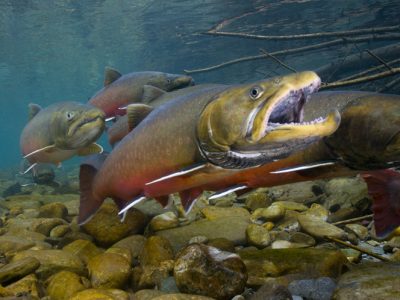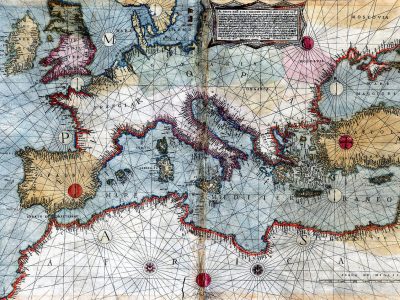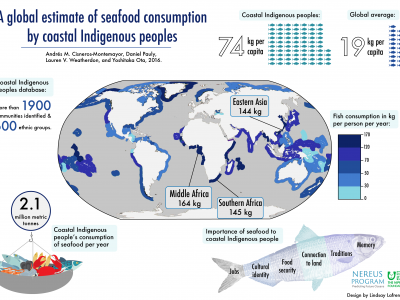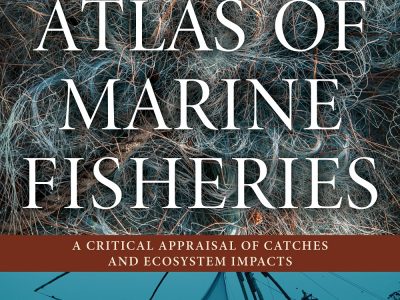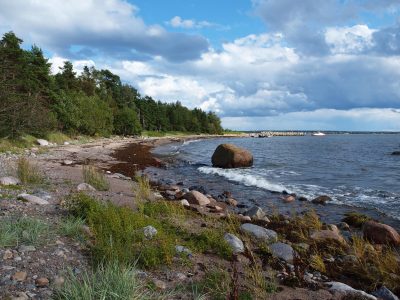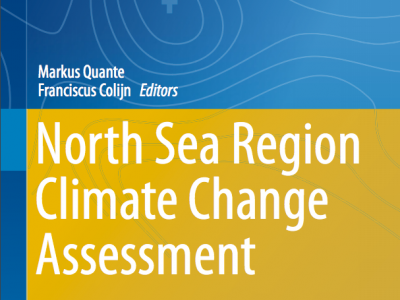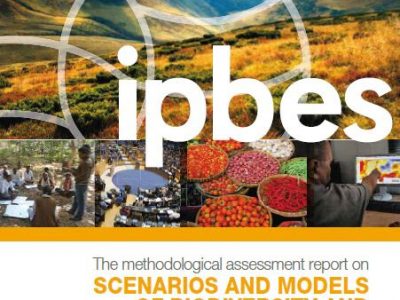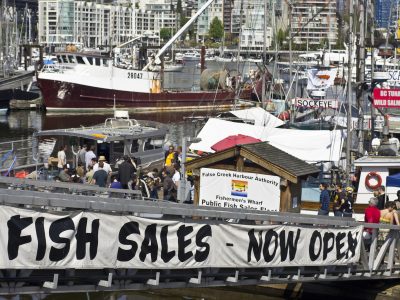1.5°C Paris Agreement target could net six million tonnes of fish annually
Meeting the Paris Agreement global warming target of 1.5°C will have large benefits to fisheries, finds a new Nippon Foundation-Nereus Program study published in Science. For every degree Celsius decrease in global warming, potential fish catches could increase by more than three million tonnes per year.




